SUMMARY
This is AI generated summarization, which may have errors. For context, always refer to the full article.
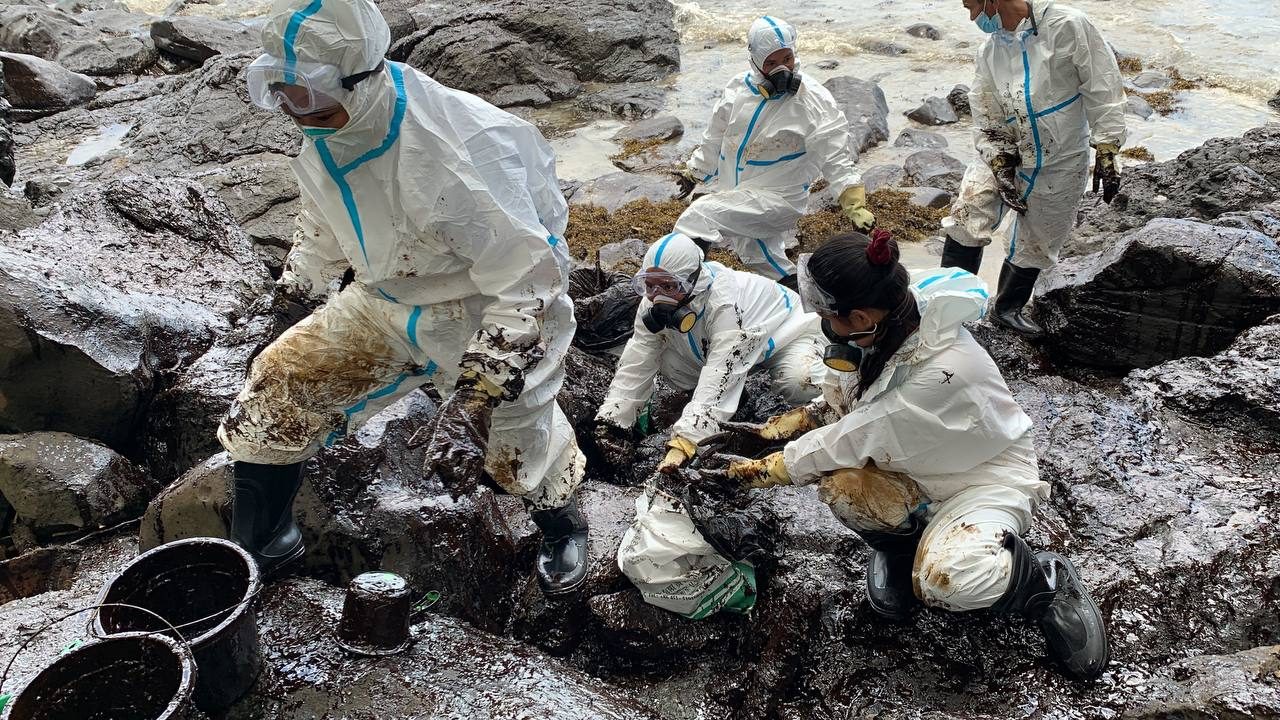
MANILA, Philippines – Buhay na Tubig is an area 10 kilometers from the town proper of the municipality of Pola, Oriental Mindoro. It is one of the hardest hit areas by the oil spill from MT Princess Empress, an oil tanker which sank off Naujan, Oriental Mindoro on February 28.
On March 6, Rappler visited Buhay na Tubig to look at the situation there. Here’s what happened during Rappler’s visit to Buhay na Tubig, captured in photos.
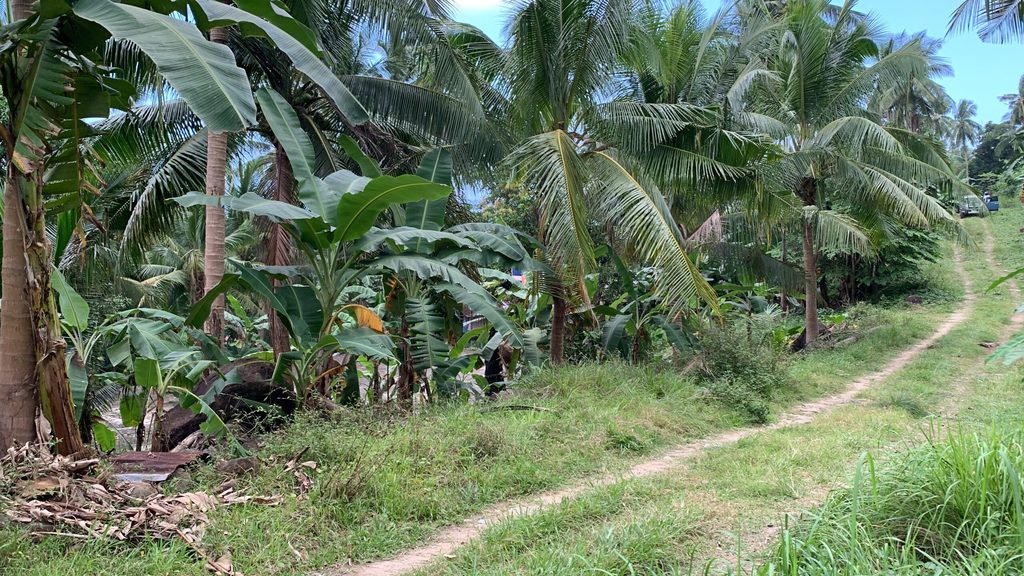
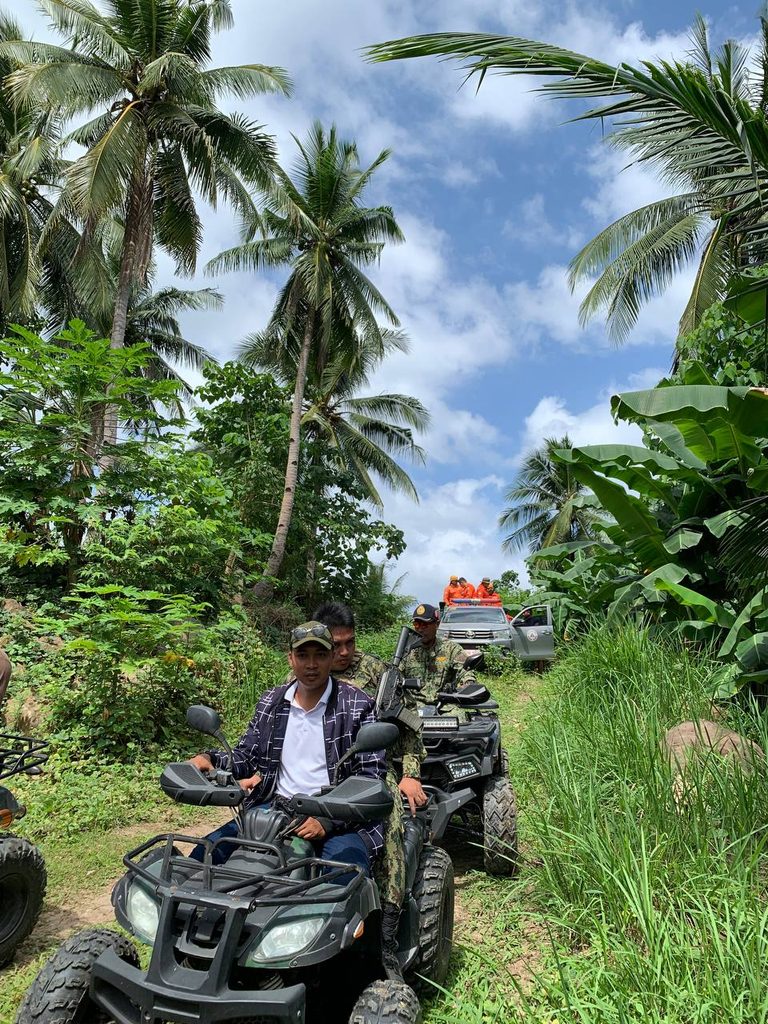
To traverse the dirt road with several high slopes, some locals use motorcycles but most residents travel from one place to another by foot. Earlier that day, an elderly man from Buhay na Tubig walked all the way to Pola’s town proper to get assistance from the government, reaching the town center after four hours. Traveling to Pola using vehicles cuts the trip to just an hour and a half.
Minutes upon arrival at Buhay na Tubig, 76-year-old Simeona Ringel Aceveda approached the mayor’s car and spoke with Mayor Jennifer “Ina Alegre” Cruz about the situation in Buhay na Tubig.
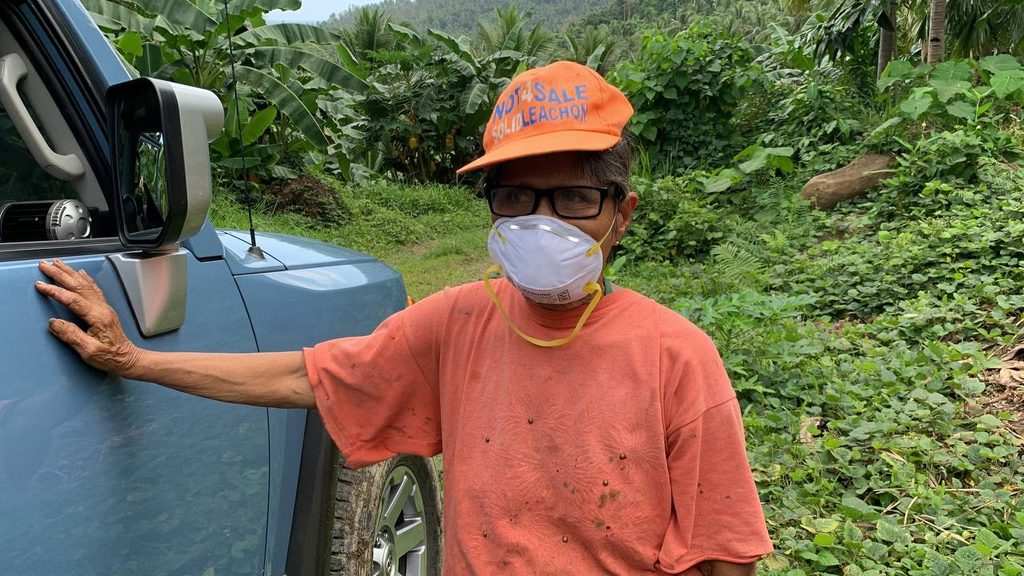
“I had difficulty breathing for three straight days but I have no other choice but to continue working,” Aceveda told Rappler. She said the smell of the oil from Buhay na Tubig’s shore was oftentimes swept by the wind farther inland.
A three-minute walk downhill from where the mayor’s car was parked was a cleanup activity on the rocky shore.
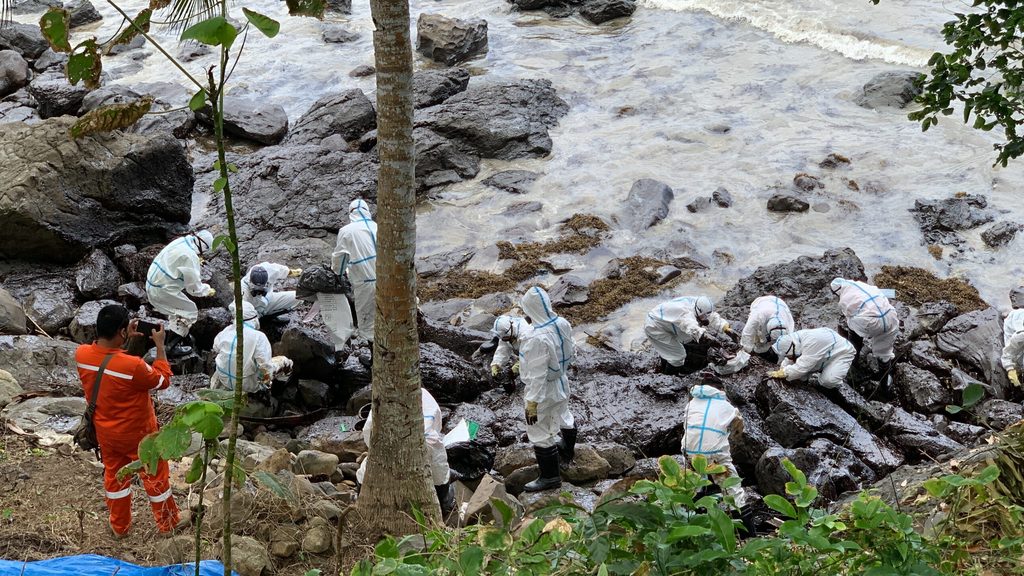
Several volunteers, clad in Hazmat suits, cleaned a rocky part of the shore where oil is stuck in crevices in between large boulders.
The volunteers had to manually collect oil sludge consisting of oil mixed with sand, and temporarily put it in a bucket. Once a bucket was full of oil sludge, its contents were transferred to a sack gathered in an area for temporary storage.
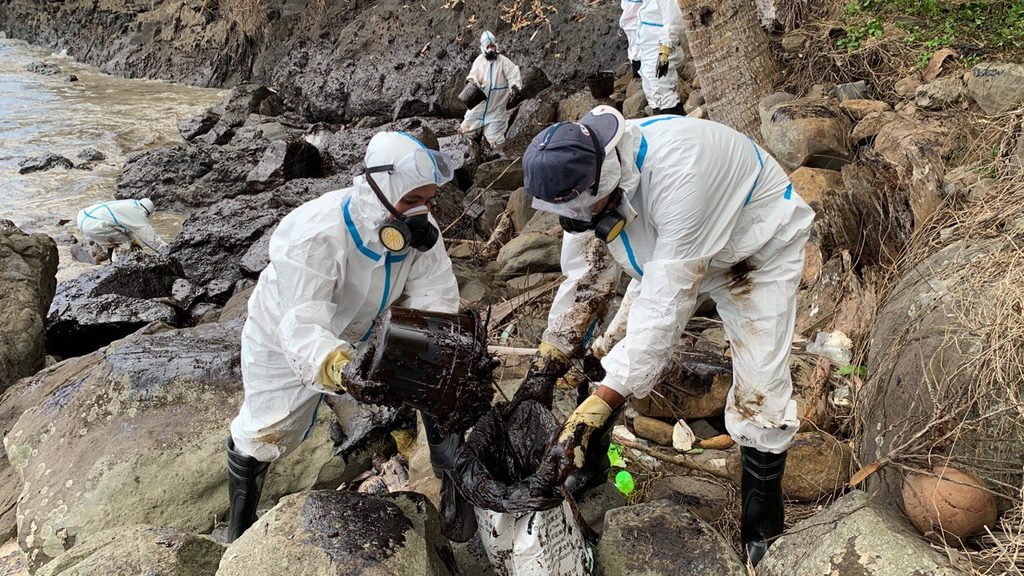
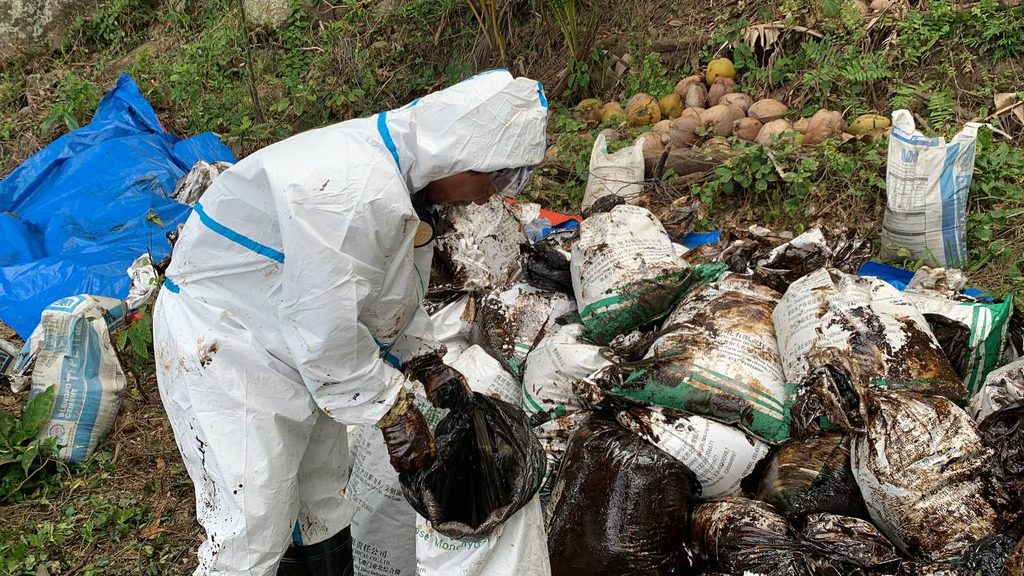
According to cleanup volunteer Maribel Famadico, the volunteers live in Buhay na Tubig and were among the first allowed by the provincial government to conduct cleanup efforts in the area.
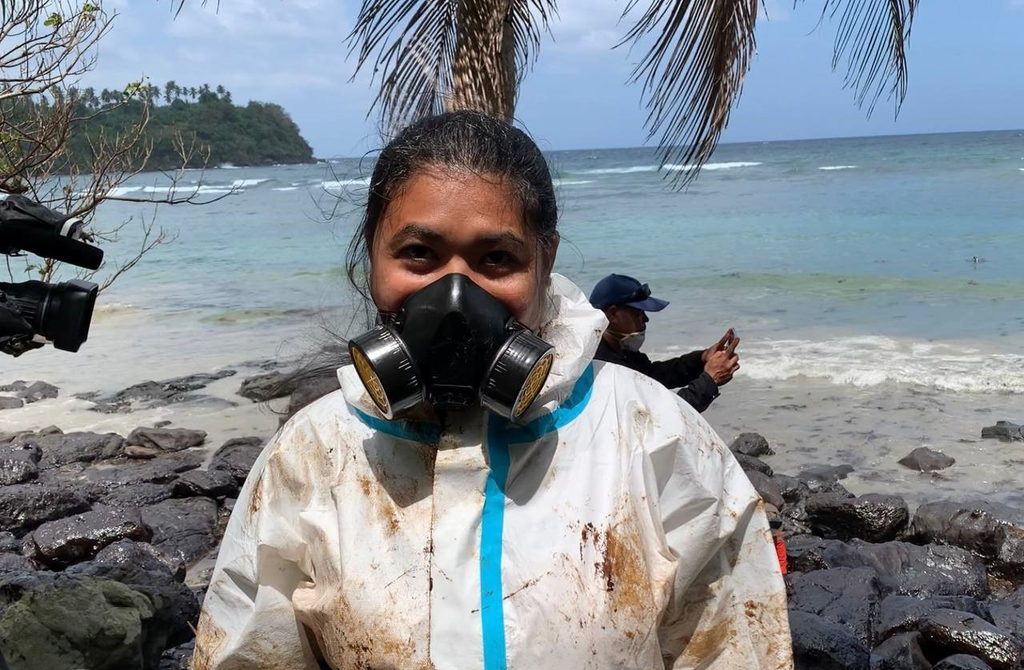
Famadico said they were briefed by the provincial government on how to properly handle, collect, and contain oil from the spill.
The volunteers were also examined to check if they were physically fit for the cleanup. Famadico said many residents wanted to volunteer but were not qualified due to their age or health conditions.
Famadico also told Rappler that as per safety guidelines, each batch of volunteers was only allowed to stay in the cleanup area for two hours.
According to the volunteers, they are willing to continue cleaning their community as long as there’s oil to be cleaned.
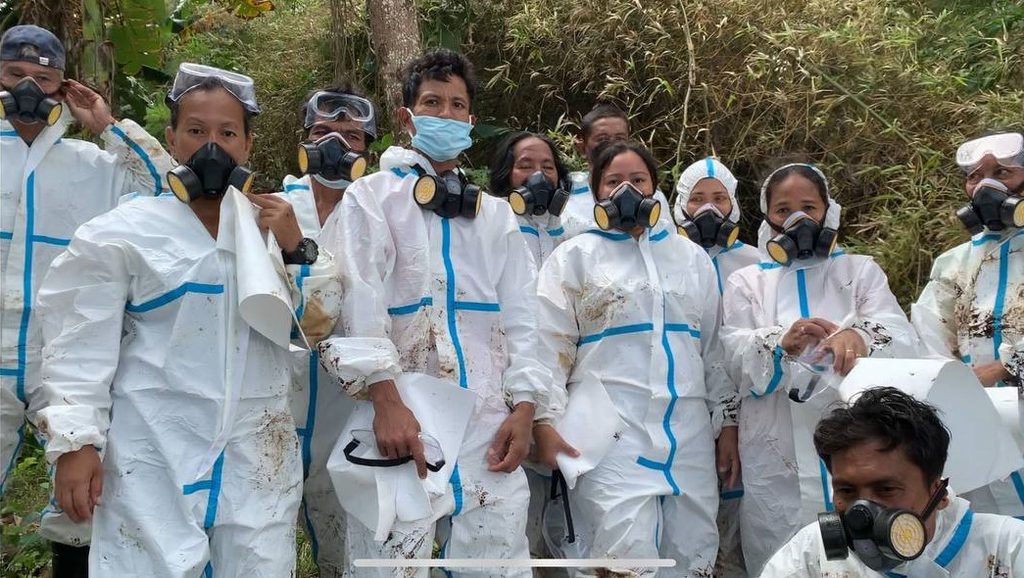
The Philippine Coast Guard (PCG) also helps the volunteers in cleaning up Buhay na Tubig, working with them in shifts. Famadico said the first shift starts at 7 am and ends at 9 am while the second shift starts at 9 am and ends at 11 am.
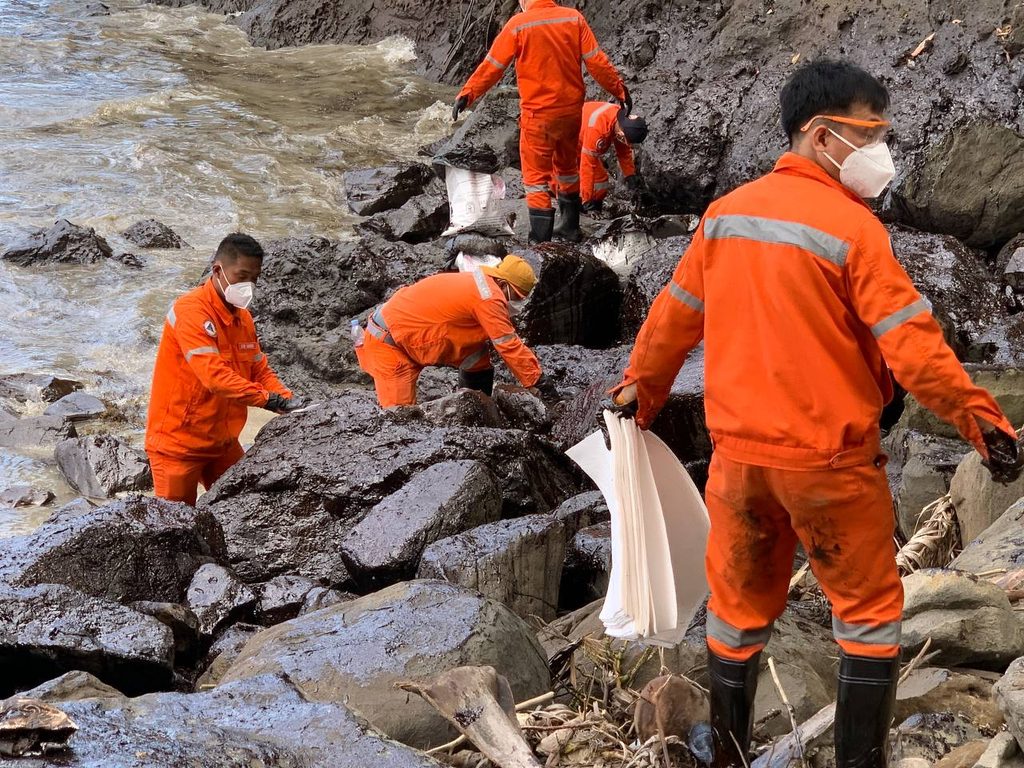
Like humans, animals dwelling in the rocky shores of Buhay na Tubig are also severely affected by the environmental disaster.
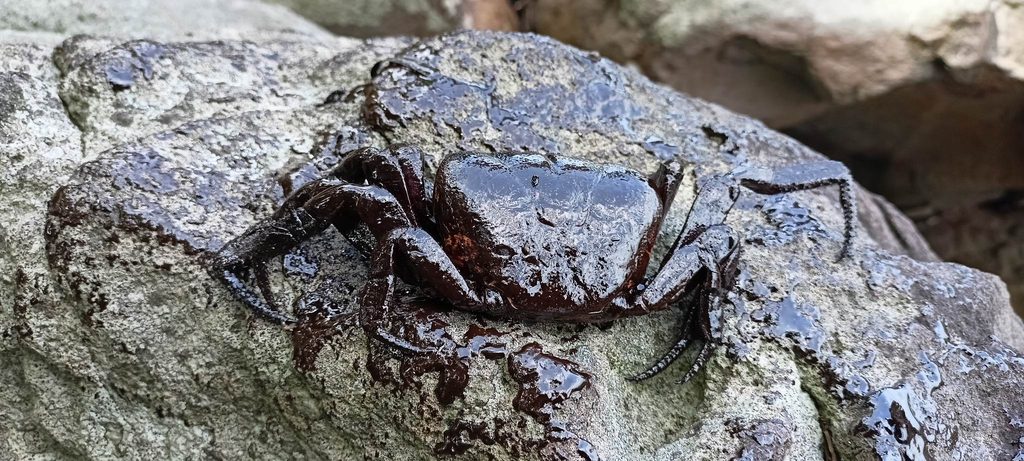
– Rappler.com
Add a comment
How does this make you feel?
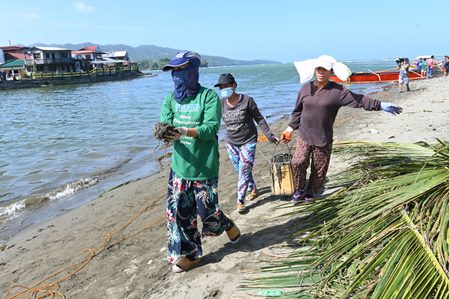


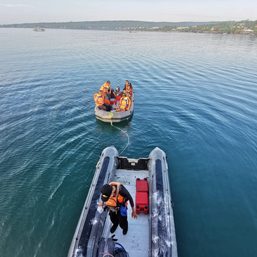
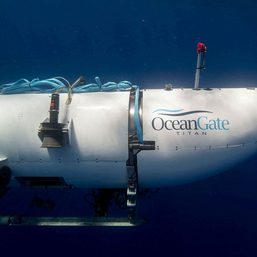
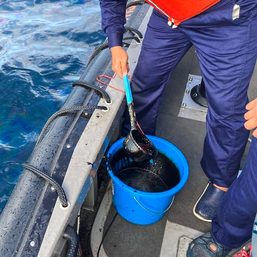




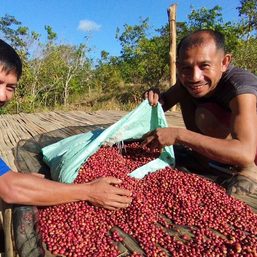
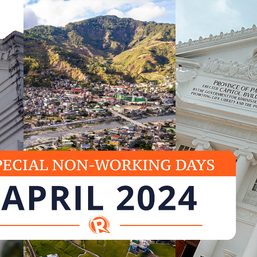
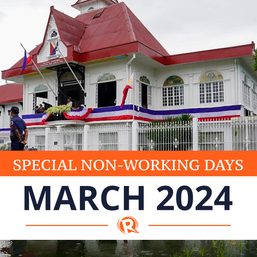
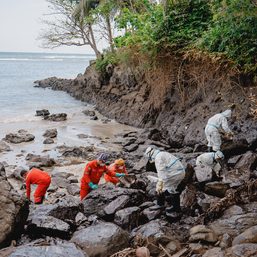
There are no comments yet. Add your comment to start the conversation.